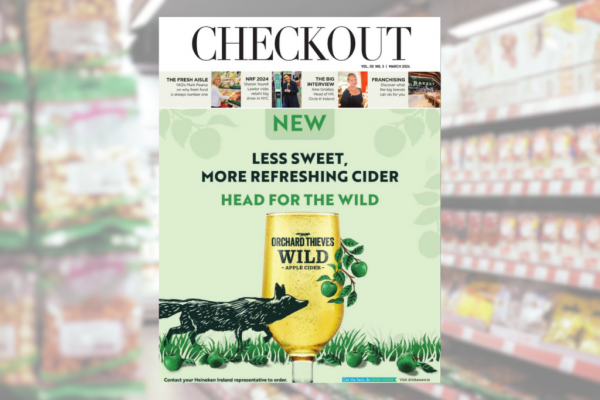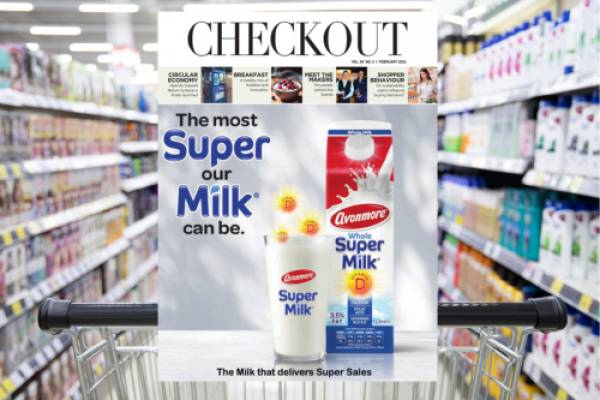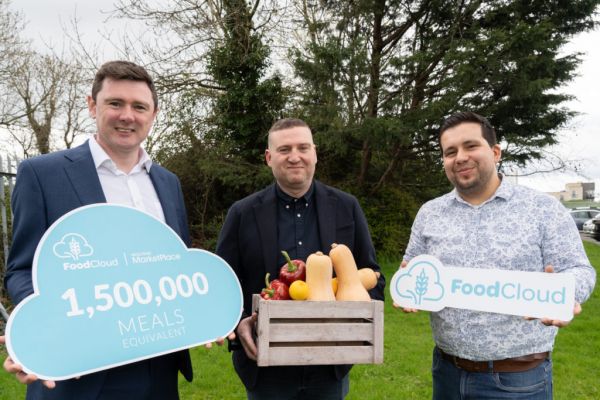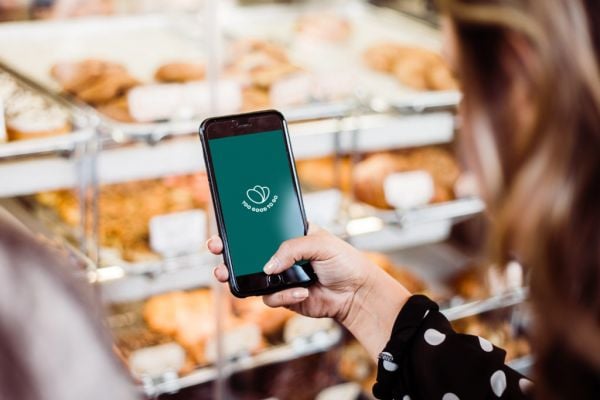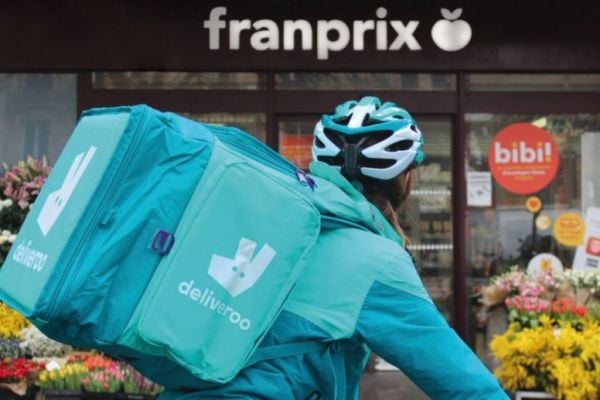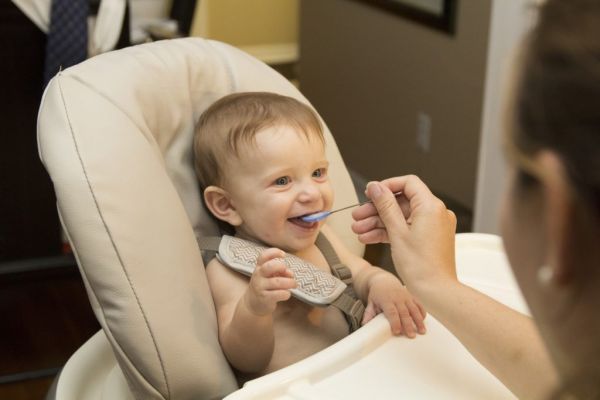Kevin Ecock wonders if producers can learn a thing or two from the past when developing wine branding strategies that appeal to consumers for reasons other than price positioning.
I managed to negotiate the Hollister store at the Dundrum Town Centre recently. It was both a frustrating and extraordinary experience on many fronts. The aisles are very narrow and intermittently blocked by large plastic plants. The background music is not ‘in the background’ by any stretch of the eardrums, and there was an all-pervasive scent in the air. I was later told that I had been subjected to the ‘smell’ of Hollister. Then there are the long queues to get into the store and to use the checkouts. Hollister is selling clothing to a mainly young customer at premium prices. To a large extent, the same sort of clothing, albeit without the Hollister logo, is on sale at much lower prices elsewhere. And yet no one seems to care.
Throughout the wine trade, professionals and opinion formers are adamant that promotions based on anything except price will not work. Regardless of the fact that most producers, and every serious wine merchant has a host of premium quality wines available, there are no queues lining up at any wine store at any time. Indeed a slight ‘rush to purchase’ before a recent budgetary excise increase soon seemed foolish as prices didn’t rise for many weeks afterwards. The days of waiting for a three-bottle allocation of a premium label wine such as Cloudy Bay seem to have vanished. No-one in a wine context appears capable of doing what a brand like Hollister is doing for clothing or even considers it to be possible. Why not?
When wine began to sell well in Ireland in the 1980s, price per se was not a primary selling point. This is because retail, price points were uniformly constructed across a trade as the result of a wholesale price plus margin, in which excise duty was already included. Simply put, retailers were working off a level playing pitch and very few were in the happy position of being capable of exploiting inflated margins. If the margin was too high, price points were not competitive and if they were too low losses were incurred. Thus, most stores attracted 15% to 20% of their sales from wine and considerably less from beers and spirits. Within this scenario, country and region of origin, along with a few brands such as Hirondelle and Blue Nun, defined differences between products. These factors ultimately decided whether a sale was successful or not.
A New Approach
Sandeman Port was one of the brands that recognised how to influence and exploit this type of approach early on. The ‘Sandeman Don’, replete with swirling black cloak and cabillero hat, was such a strong brand identifier that he successfully did for Sandeman Port what ‘The Man from Del Monte’ achieved for tinned fruit. Indeed, Sally O’Brien and her Harp Lager might also have had an eye on the Sandeman Don. Certainly Miguel Torres did when he needed a brand highlighter and began to attach a plastic bull to his bottles of Sangre de Toro.
Other early uses of imagery to differentiate products included bottle shapes. The bell-shaped Mateus Rosé and the ceramic tower for Black Tower remain iconic. Over time, labels were developed to achieve the same effect. In this respect ‘Fat Bastard’ and ‘Champagne’ have a lot in common! Both promise and deliver quality and satisfaction, and both continue to achieve higher than average returns for retailers.
They are, however, the exception to the norm these days, where the wine trade claims to be in the grip of prices no longer dictated by cost build-up but rather by multiple grocer philosophies based on footfall, VAT rebates on capital losses and market share. The website www.mylocalwinestore.com has succinctly defined this as, ‘budget customers bartering rather than premium customers browsing’. The obvious danger is that this ultimately suits a streamlined and commodotised wine trade only. Within that sort of a wine trade there may be no future for product choice, product quality or indeed independent merchants.
The Importance Of Branding
Over the past year, this Checkout column has covered many aspects of wine marketing and branding. Contributors identified many opportunities but were seldom able to put these into practice on shop floors. This is because shelf and floor space are together now used to promote price points and are no longer seen as being useful in developing marketing strategies. Thus the story behind the bottle needs, on the whole, to be told elsewhere.
A break from this approach came last year, when Santa Rita Estates built large arches in many supermarkets and attempted to engage their wine makers with video messaging directly to consumers. This may not have brought higher price points, but there was a noticeable increase in premium product choice available from the Santa Rita stable over the Christmas period (albeit at reduced prices). Quite apart, therefore, from educational and marketing strategies directed towards trade members, Santa Rita is attempting to communicate directly to its customer base from the wine shelf up. This is then combined with a social media package where prizes are on offer to those keen enough to engage with the brand message.
An initiative developed in the run up to Christmas by Classic Drinks deserves a mention as it shows confidence and a willingness to invest into the Irish wine trade. Helen Murphy, Marketing Manager with Classic Drinks and Christy’s Wines and Spirits, explains that there is a genuine need to focus on assisting sales in-store, because beer multinationals now exert control over in-store merchandising and the average wine consumer is making purchase decisions primarily based on price points. Classic Drinks chose five of their brands, Tagus Creek, Michel Torino, Oveja Negra, The Bean and Chateau Timberlay and developed original point of sale material designed specifically to compete against price points by spotlighting these specific products across any one store. Bottle necks, shelf talkers, shelf wobblers, struts and posters of varying sizes were all designed in Ireland to support the individual brands. Helen’s accompanying brochure promoting the range was concise, colourful and informative. The plan, it told us, was to create humorous, appealing in-store merchandising material that could be used to give customers information, other than price, enabling them to make an informed decision.
This may not be original, as effective merchandising is now taught as a science within marketing programs, but it is something that has not been seen for quite some time on the Irish wine scene.
It is a brave tactic when everyone is running in a different direction, but that, of course, is the point of the exercise. Can anyone remember the large cardboard Eiffel towers and French-themed bunting that Sopexa was so famous for back in the day when country of origin was an important distinction? Perhaps not, but at the time they were very effective indeed.
Helen told Checkout that the campaign helped Classic Drinks achieve additional listings over the busy Christmas period and that, “from a feedback point of view from the sales guys, they did say that their accounts welcomed a fresh new approach and it gained floor space for us.” She also noted that there was a feeling that it was “nice for Classic Drinks to be doing something for the retailers.” There’s no doubt, of course, it was also seen as retailers doing something for their customers.
Identifying Customer Preferences
In this regard, perhaps supermarkets and retailers in general might take note of an extraordinary, and very interesting, decision taken last year by Morrisons supermarkets in the UK. A Drinks Business magazine report on Morrisons’ plans to modify their portfolio to better suit their customers’ taste patterns tells us that Morrisons’ 475 UK stores and 11.5m weekly customers are buying 1.5 -2 million bottles (of wine) per week. “Following focus groups and a survey of 10,000 customers,” it explains, “the UK multiple retailer has introduced a ‘Taste Test’, which it claims will help shoppers to identify their wine preferences, whether shopping online at its new Morrisons Cellar site or in-store. The ‘Taste Test’ establishes consumers’ flavour preferences by assessing their palate with a ‘straightforward’ series of questions about their choices concerning hot drinks, salt and artificial sweeteners. Based on their responses, consumers are then matched with a wine flavour scale numbered from of 1-12, which equates to four main taste groups: sweet, fresh, smooth or intense.”
By categorising their customers first and their wines second, Morrisons hopes to bond both together on the shop floor. Needless to say price will still be a major factor, but this additional detail is quite a significant one. My own blog, Free Running with Kevin Ecock, discussed taste profiling of individual palates, based on the teachings of Tim Hanni MW, last year. If nothing else, the concept of treating customers as individuals rather than as a collection of shopping statistics is something the wine trade would appear to be uniquely suited towards.
Online Performance
This concept is not lost with online wine retailers, who have just recorded their best shopping season ever; the week before Christmas 2012, Virgin Wines reportedly sold over 31,000 cases of wine. With a lower capital cost base and a less compelling need to compete on price, websites such as these they have begun to use social media outlets to effectively communicate messages that don’t rely on price comparisons.
Curious Wines is probably leading the field in Ireland in this regard with a bright, alert, accurate and often quirky wine-selling site, with a great blog. Wines Direct is fast catching up on its site with video blogging, a Wine Explorers Club, and a very attractive ‘2013 January Sales Sensation’ brochure posted on New Years Day – a time when bricks and mortar retailers were still changing their shelf signage. Many online suppliers, including Curious Wines, Wineonline.ie, Simply Wines and Red Nose Wines, also continue to sell ‘Mystery Cases’ of wine on a regular basis; another popular way to generate interest.
What’s wrong with other retailers, big and small, adopting any or all of these ideas? Nothing, it seems, except that the bigger they are, the more wine retailers seem to depend on price support cash being delivered on a regular basis from the bigger brands. Nevertheless, while this cash would be impossible to replace in a short space of time, something has to be developed other than new ways to bring even lower price points into the trade.
This, of course, shouldn’t prevent smaller retailers from being proactive rather than bemoaning the fact that “everything on special in their nearest supermarket is being sold below cost.” Yes, it’s a problem, but it’s also one that’s probably not going to go away now that Minister Noonan has tied wine into a fiscal rather than an ongoing health strategy. Fine Wines works hard with local charities, runs a range of unique in-store competitions, and maintains a busy blog and Facebook page. O’Briens spends a lot of time telling ‘the winemaker’s story behind the label’. Both retailers continue to develop educational initiatives.
Alternative Thinking
Perhaps something new, such as one of the ideas put forward by Bruce McGechin at www.mylocalwinestore, will guide the way. McGechin writes in great detail as to how social media and technology might be used, as he puts it, to turn a local store into a ‘clicks and mortar success’. An intriguing theme in his writing deals with using technology as an integral, rather than as an add-on, part of the business. What, for instance is wrong today with handing everyone the use of a tablet to browse your wine shelves?
Superquinn is happy to allow its customers the use of handheld scanners; yet it hasn’t really developed its wine shelves since the 1980’s when it published its own booklet on wine: ‘Superquinn: Wine Chateau’. Tesco has an online Wine Club and yet delivers no technology onto the shop floor, while O’Briens has introduced wine-tasting machinery. It would only be a small step forward to connect these to a customer’s personal taste profile.
Why do small wine stores insist on developing the same range of wines over and over again when a constant rotation would be so much more exciting? There is ample wriggle room for retailers to move away from price models that dictate low prices only. No doubt someone will lead the way. Right now, though, it’s not clear who that might be or whether brand equity will need to be entirely extinguished by price promotion before it’s even feasible.
This article appeared in the January 2013 edition of Checkout


